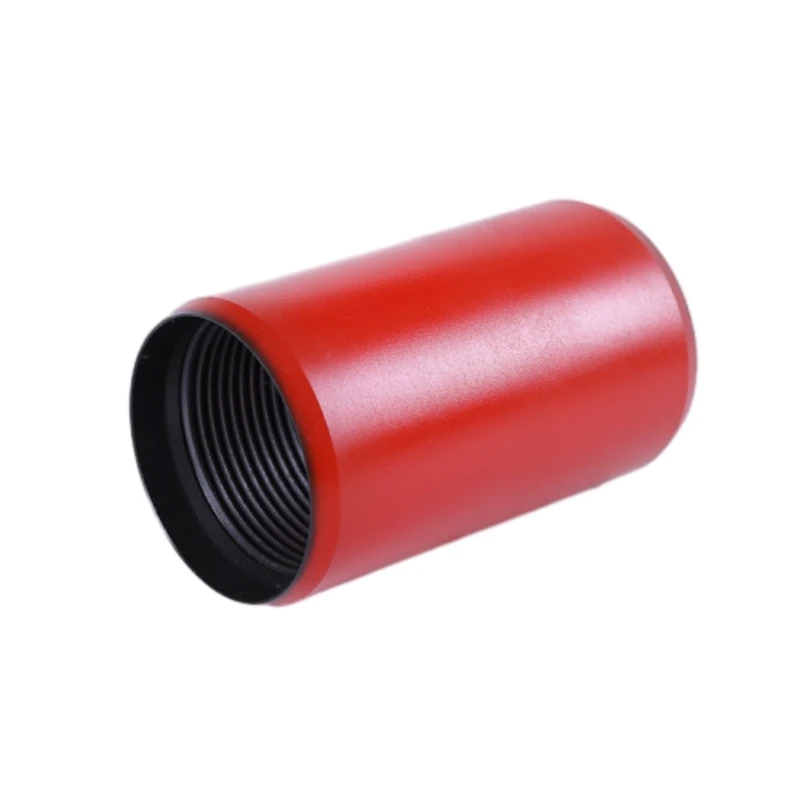- Afrikaans
- Albanian
- Amharic
- Arabic
- Armenian
- Azerbaijani
- Basque
- Belarusian
- Bengali
- Bosnian
- Bulgarian
- Catalan
- Cebuano
- Corsican
- Croatian
- Czech
- Danish
- Dutch
- English
- Esperanto
- Estonian
- Finnish
- French
- Frisian
- Galician
- Georgian
- German
- Greek
- Gujarati
- Haitian Creole
- hausa
- hawaiian
- Hebrew
- Hindi
- Miao
- Hungarian
- Icelandic
- igbo
- Indonesian
- irish
- Italian
- Japanese
- Javanese
- Kannada
- kazakh
- Khmer
- Rwandese
- Korean
- Kurdish
- Kyrgyz
- Lao
- Latin
- Latvian
- Lithuanian
- Luxembourgish
- Macedonian
- Malgashi
- Malay
- Malayalam
- Maltese
- Maori
- Marathi
- Mongolian
- Myanmar
- Nepali
- Norwegian
- Norwegian
- Occitan
- Pashto
- Persian
- Polish
- Portuguese
- Punjabi
- Romanian
- Russian
- Samoan
- Scottish Gaelic
- Serbian
- Sesotho
- Shona
- Sindhi
- Sinhala
- Slovak
- Slovenian
- Somali
- Spanish
- Sundanese
- Swahili
- Swedish
- Tagalog
- Tajik
- Tamil
- Tatar
- Telugu
- Thai
- Turkish
- Turkmen
- Ukrainian
- Urdu
- Uighur
- Uzbek
- Vietnamese
- Welsh
- Bantu
- Yiddish
- Yoruba
- Zulu
Stainless Steel Threaded Couplings for Reliable Pipe Joint Connections and Durable Performance
The Versatility and Importance of Stainless Steel Threaded Couplings
In the world of plumbing, construction, and mechanical engineering, threaded couplings are essential components that ensure secure and reliable connections between pipes and tubes. Among the various materials used for these fittings, stainless steel has emerged as one of the most favored options due to its unique properties. Stainless steel threaded couplings are not only durable and corrosion-resistant, but they also offer a multitude of advantages that make them the go-to choice for a variety of applications.
Understanding Stainless Steel Threaded Couplings
A threaded coupling is a type of fitting that connects two pipes or tubes, allowing for easy extension or modification of pipelines. These couplings come with internal threads that correspond to external threads on pipes, ensuring a snug and secure fit that can withstand considerable pressure and stress. Stainless steel, an alloy known for its strength, resistance to rust, and aesthetic appearance, enhances the functionality and longevity of these couplings.
Key Properties of Stainless Steel
1. Corrosion Resistance One of the standout advantages of stainless steel is its excellent resistance to corrosion. This characteristic is particularly important in environments exposed to moisture, chemicals, and extreme temperatures. Stainless steel couplings do not degrade easily over time, which helps maintain the integrity of the entire piping system.
2. Mechanical Strength Stainless steel threaded couplings possess remarkable tensile strength, making them suitable for high-pressure applications. They can handle significant stress without fracturing, providing a reliable connection that minimizes the risk of leaks.
3. Longevity The durability of stainless steel extends the life of threaded couplings, reducing the need for frequent replacements. This not only saves money but also decreases downtime in industrial and construction settings.
4. Versatility Stainless steel couplings are available in various sizes and designs, making them adaptable for multiple applications, including water supply, gas lines, and hydraulic systems. Their versatility ensures compatibility across different materials and systems.
stainless steel threaded coupling

5. Low Maintenance Thanks to their corrosion-resistant properties, stainless steel couplings typically require less maintenance compared to those made from other materials. This aspect is beneficial in both residential and industrial settings, where maintenance can be costly and time-consuming.
Applications of Stainless Steel Threaded Couplings
Stainless steel threaded couplings find applications across diverse industries
- Plumbing Systems In residential and commercial plumbing, these couplings are commonly used to connect pipes, ensuring a reliable and leak-free flow of water. Their resistance to rust makes them ideal for both hot and cold water systems.
- Oil and Gas Industry The high strength and corrosion resistance of stainless steel make these couplings suitable for oil and gas pipelines, where exposure to harsh chemicals and extreme pressures is commonplace.
- Food and Beverage Industry Stainless steel is hygienic and easy to clean, making it an excellent choice for applications in the food and beverage sector. Threaded couplings used in these environments help maintain product quality and safety.
- Marine Applications With their exceptional resistance to saltwater corrosion, stainless steel couplings are often used in marine applications, including boat plumbing and offshore installations.
Conclusion
In conclusion, stainless steel threaded couplings are invaluable components within various industries due to their remarkable properties and versatility. Their corrosion resistance, mechanical strength, and low maintenance requirements make them an ideal choice for a plethora of applications. As industries continue to innovate and demand more reliable components, the importance of stainless steel threaded couplings in ensuring efficient and secure connections cannot be overstated. Whether in plumbing, oil and gas, food processing, or marine operations, these couplings play a vital role in the successful and safe functioning of numerous systems worldwide.
-
Tubing Pup Joints: Essential Components for Oil and Gas OperationsNewsJul.10,2025
-
Pup Joints: Essential Components for Reliable Drilling OperationsNewsJul.10,2025
-
Pipe Couplings: Connecting Your World EfficientlyNewsJul.10,2025
-
Mastering Oilfield Operations with Quality Tubing and CasingNewsJul.10,2025
-
High-Quality Casing Couplings for Every NeedNewsJul.10,2025
-
Boost Your Drilling Efficiency with Premium Crossover Tools & Seating NipplesNewsJul.10,2025







